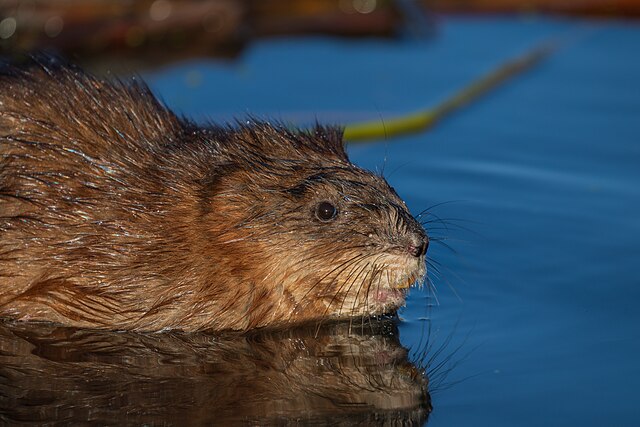
Yesterday, we reported on the IUCN Red List’s first update of the year (27th March 2025) and some of the small mammal Red List assessments it included. Today, we are highlighting the four Green Status of Species assessments also included in this latest update. The IUCN Green Status of Species complements the Red List by providing a tool for assessing the recovery of species’ populations and measuring their conservation success. Green Status assessments are published on the Red List website, and provide insight into how current and future actions could contribute to species’ conservation.
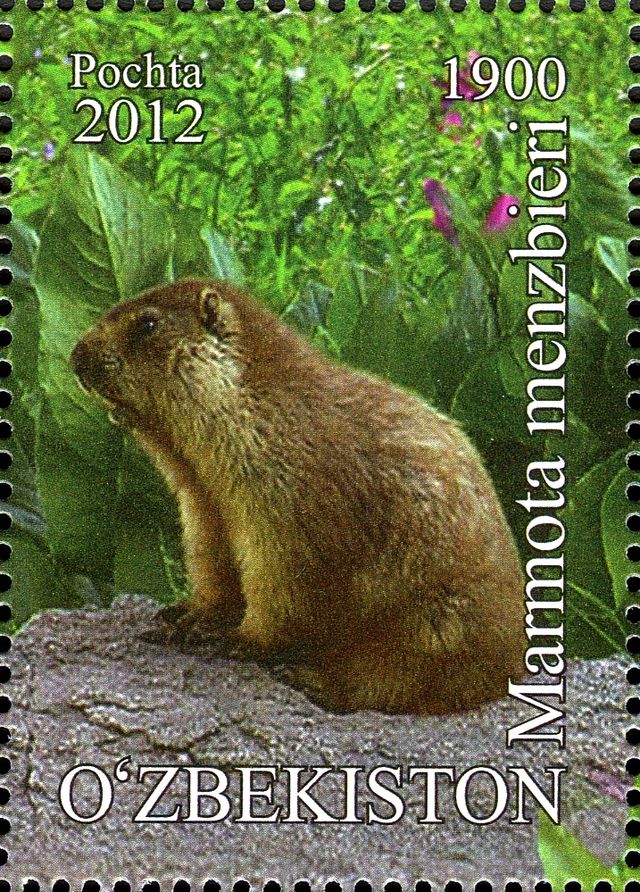
Menzbier’s Marmot (Marmota menzbieri) – Critically Depleted
Restricted to the western part of the Tien Shan Mountains in Kazakhstan, Kyrgyzstan and Uzbekistan, Menzbier’s Marmot was assessed as Vulnerable on the Red List in 2023. The Red List team for this species – comprising species experts Ormon E. Sultangaziev, Elena Bykova and Aleksandr Esipov, and the SMSG’s Programme Officer Abi Gazzard – then decided to embark of the Green Status assessment process. In the assessments, we report that Menzbier’s Marmot is threatened by the rapid loss of alpine and subalpine meadow habitats, livestock herders’ dogs, poaching, mining, quarrying and climate change. Unfortunately, its Green Status assessment shows a low Species Recovery Score of 13% (Critically Depleted). This is because the species is recorded as Critically Endangered and Endangered in two of its distinct populations, and absent in the third unit of its former range. Human population growth, and increased infrastructure and livestock to support it, is expected to soon impact higher elevations, where the species’ range has begun to shift in response to climate change.
Bykova, E., Esipov, A., Gazzard, A., Plakhov, K. & Sultangaziev, O.E. 2024. Marmota menzbieri (Green Status assessment). The IUCN Red List of Threatened Species 2024: e.T12827A1282720251.
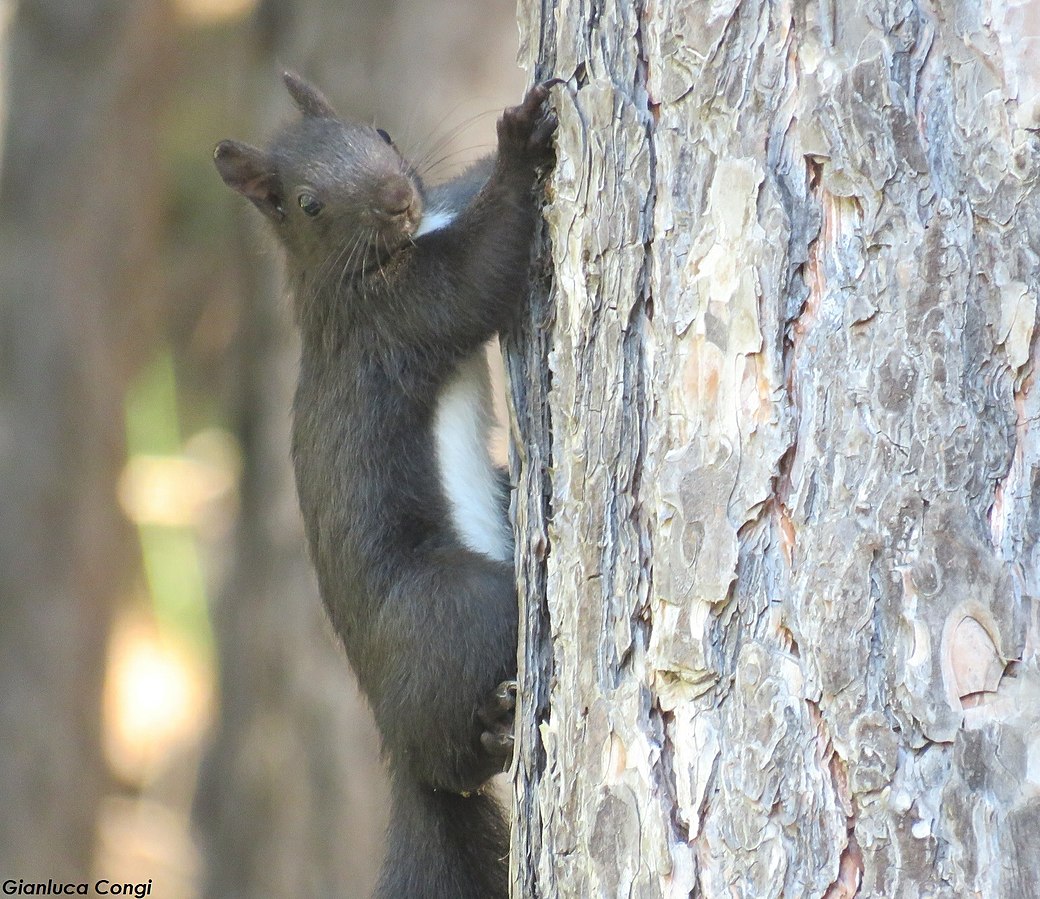
Calabrian Black Squirrel (Sciurus meridionalis) – Moderately Depleted
The Calabrian Black Squirrel was assessed as Near Threatened as part of the European Red List Pulse project in 2024. Now, in the latest update, its Green Status assessment shows a score of 52%, placing it in the Moderately Depleted category. In the long-term, reforestation efforts combined with enhanced habitat management, restoration of habitat connectivity, and captive breeding to improve genetic variation have the potential to move the species into the Slightly Depleted category, reflecting a Medium Recovery Potential. This assessment was coordinated by Durrell intern Salomé, who worked closely with Assessors Giovanni Amori and Gaetano Aloise, following Giovanni’s efforts on the 2024 Red List assessment.
Amori, G. & Aloise, G. 2024. Sciurus meridionalis (Green Status assessment). The IUCN Red List of Threatened Species 2024: e.T221730662A22173066220251.
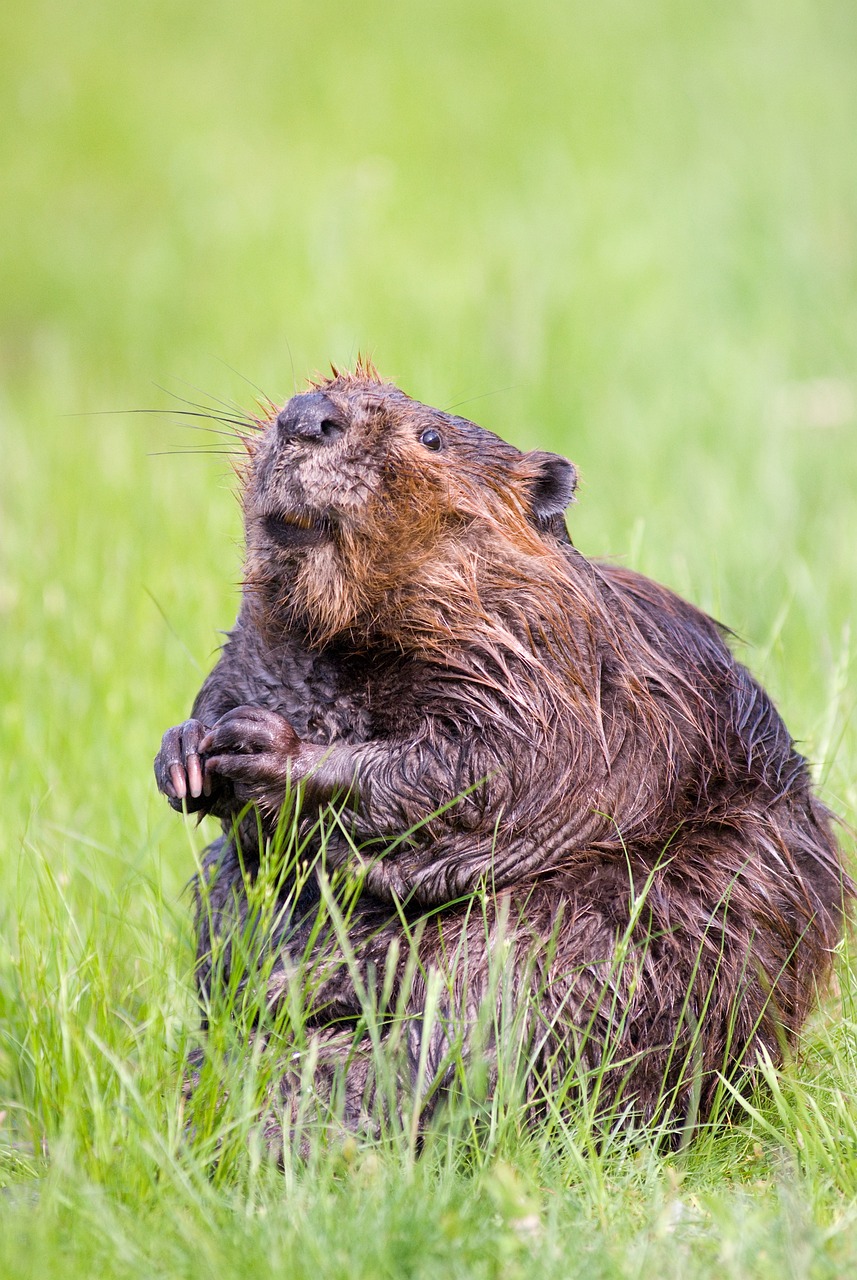
North American Beaver (Castor canadensis) – Slightly Depleted
The SMSG’S Deputy Chair for Eulipotyphla, Alexis Mychajliw, has co-assessed two North American native species in recent months. First up is the North American Beaver which, whilst Least Concern on the Red List, is reported as Slightly Depleted on the Green Status of Species with a species recovery score of 83%. It is considered fully Functional in three of the six spatial units within its indigenous range, and Viable (but not Functional) in the remaining three. Trapping regulations and translocations have helped conserve this species and, without these interventions, it is estimated that the Recovery Score would be as low as 44%. This is a great example of how Green Status assessments can capture the impact that past interventions have had.
Snyderman, L.S., Mychajliw, A. & Hofman, C.A. 2024. Castor canadensis (Green Status assessment). The IUCN Red List of Threatened Species 2024: e.T4003A400320251.
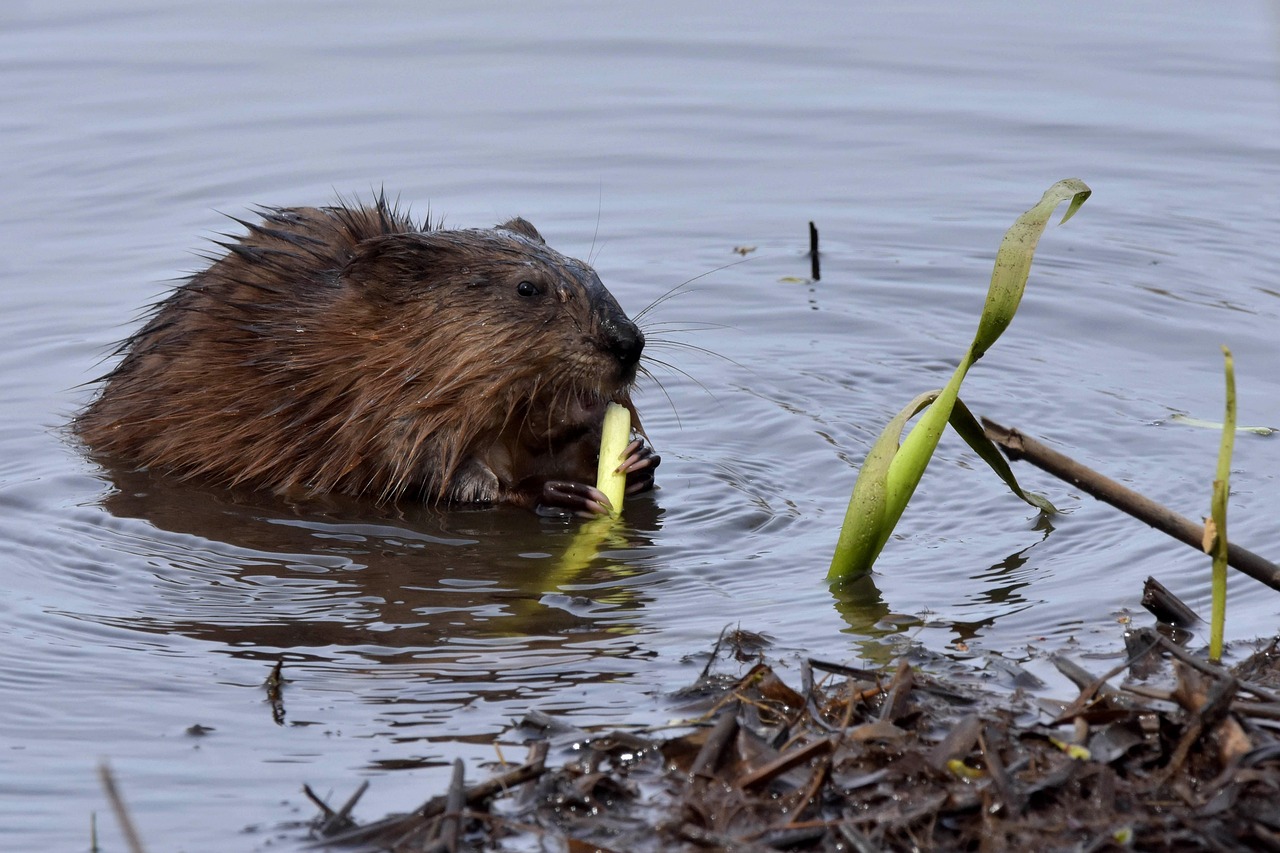
Common Muskrat (Ondatra zibethicus) – Moderately Depleted
Last is the Common Muskrat, prepared by the same team as above. This is a Least Concern species, yet its Green Status assessment highlights how the status of existing populations is somewhat reliant on trapping regulations. The removal of these regulations would be detrimental to the species. Improvements in habitat quality and connectivity could further increase its species recovery score in the long-term, which currently stands at 67%.
Snyderman, L.S., Mychajliw, A. & Hofman, C.A. 2024. Ondatra zibethicus (Green Status assessment). The IUCN Red List of Threatened Species 2024: e.T15324A1532420251
As always, a huge thank you to all of the species experts who contributed to this work, as well as Durrell colleague Becca Young who helped to guide the assessment process of some of these small mammals.

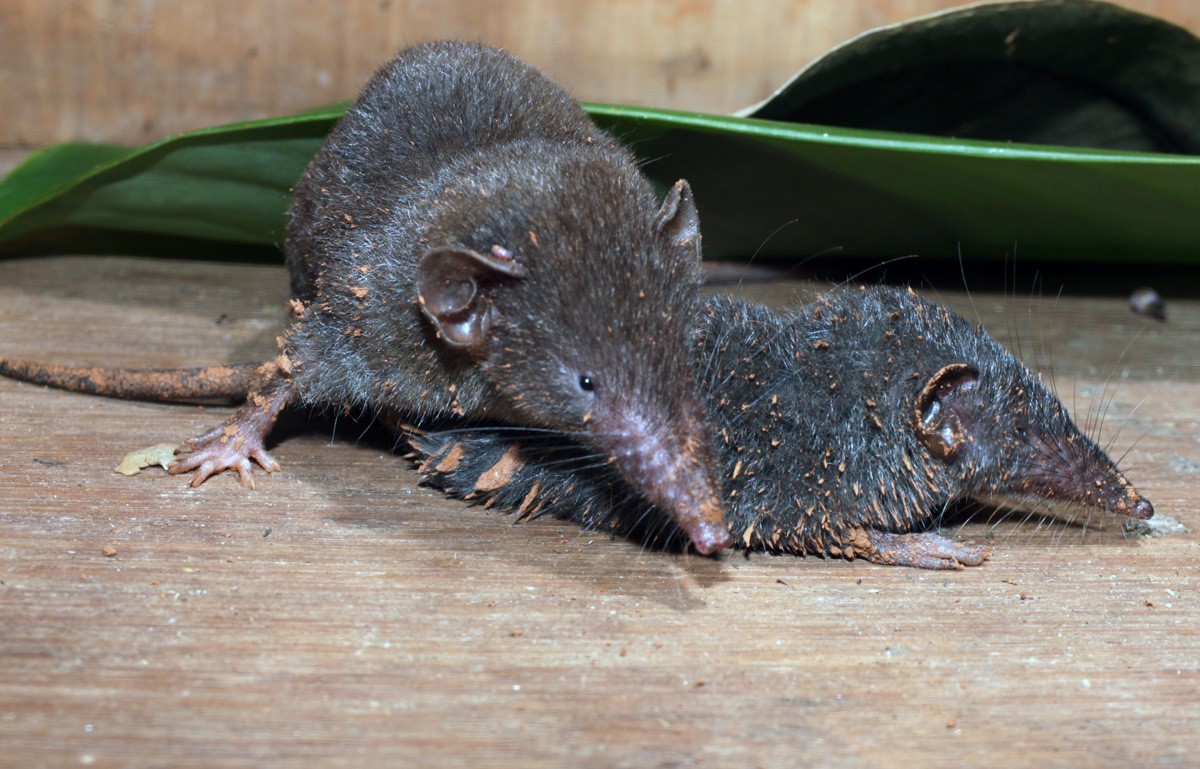

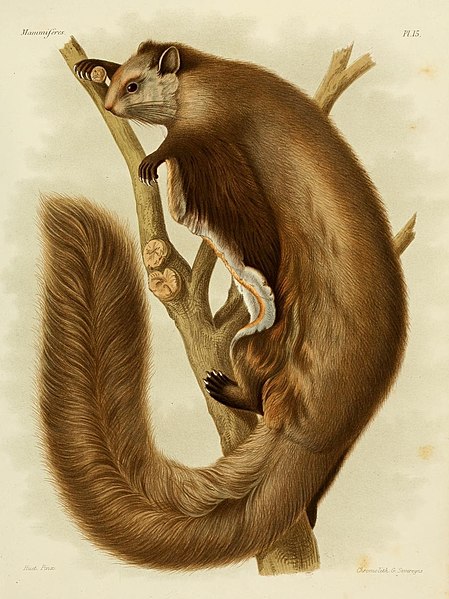
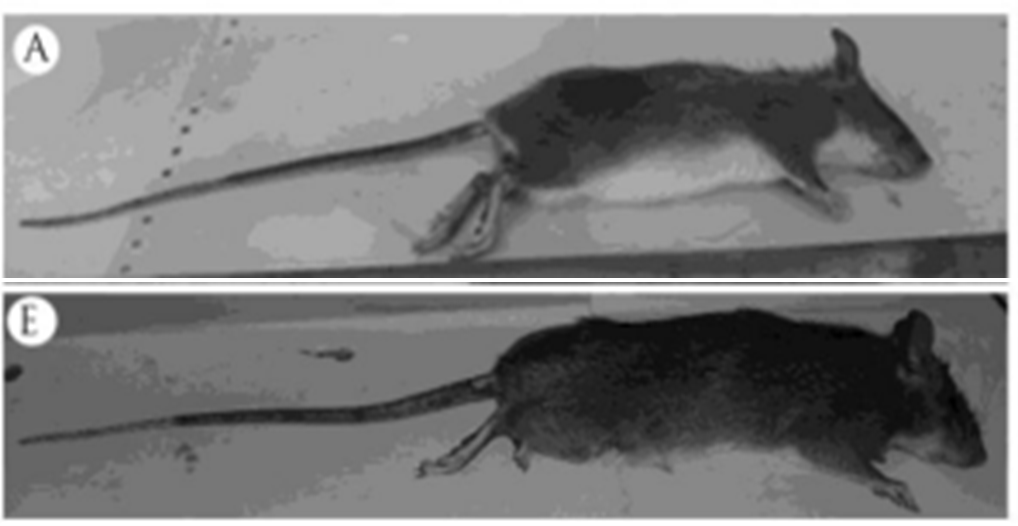
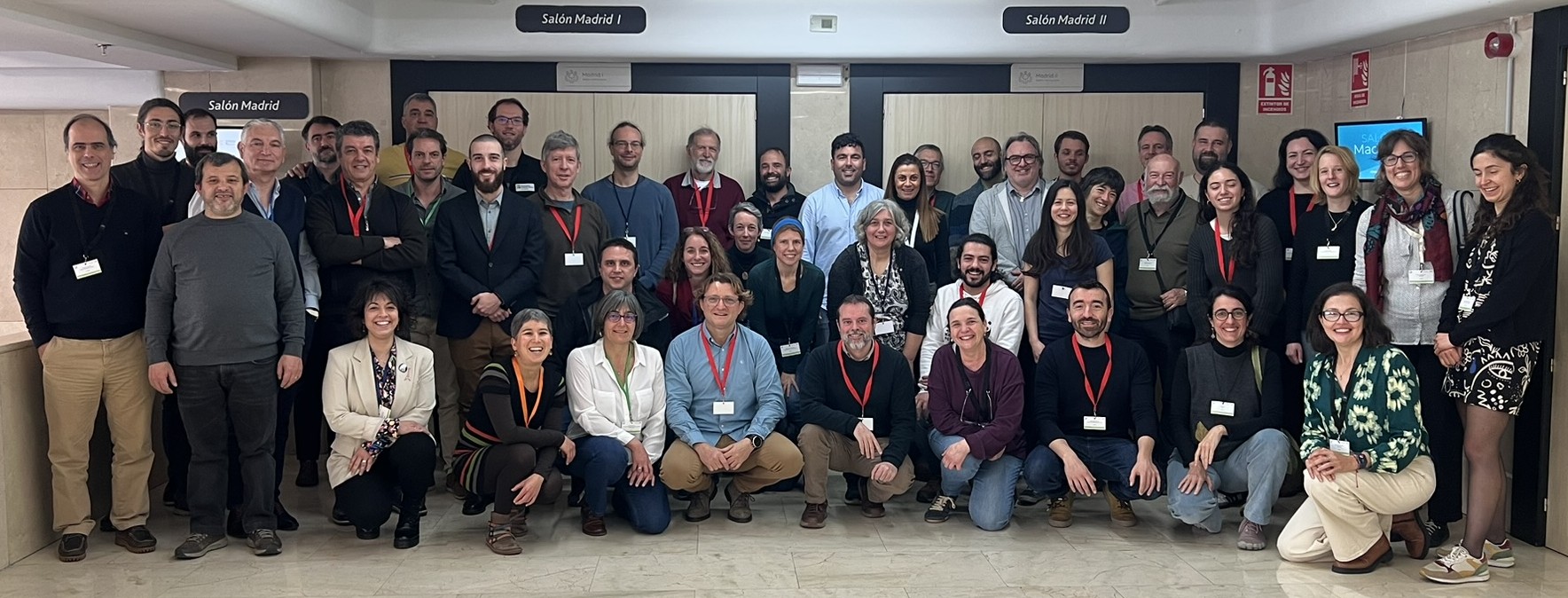
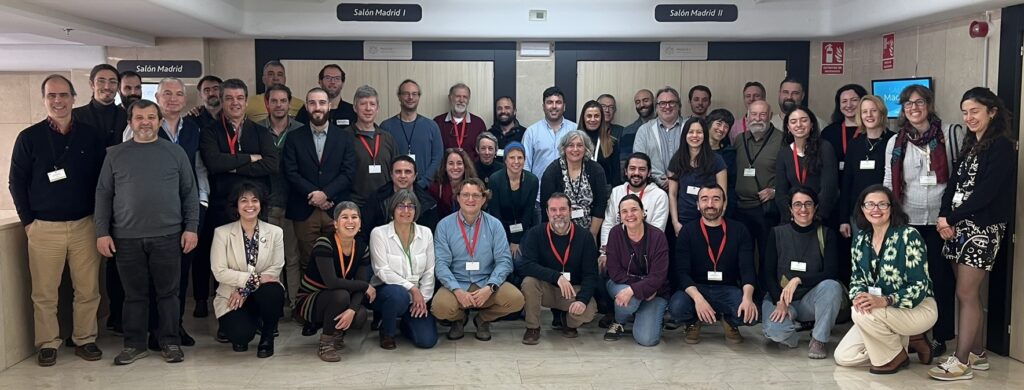
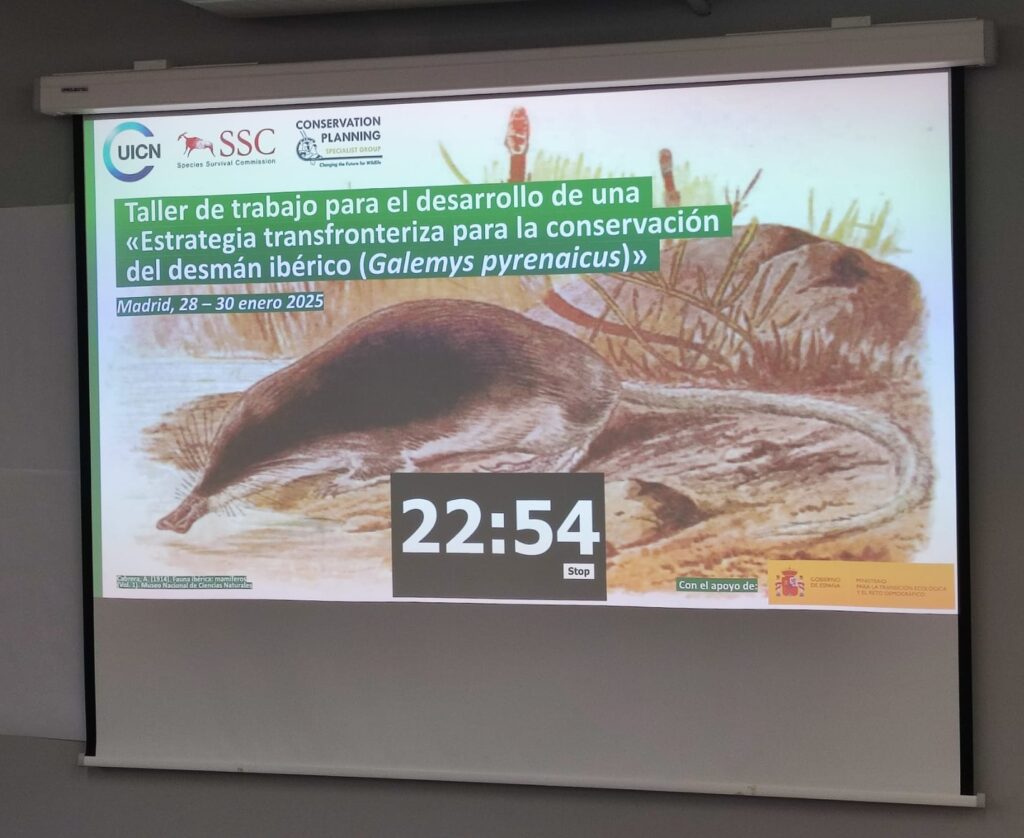
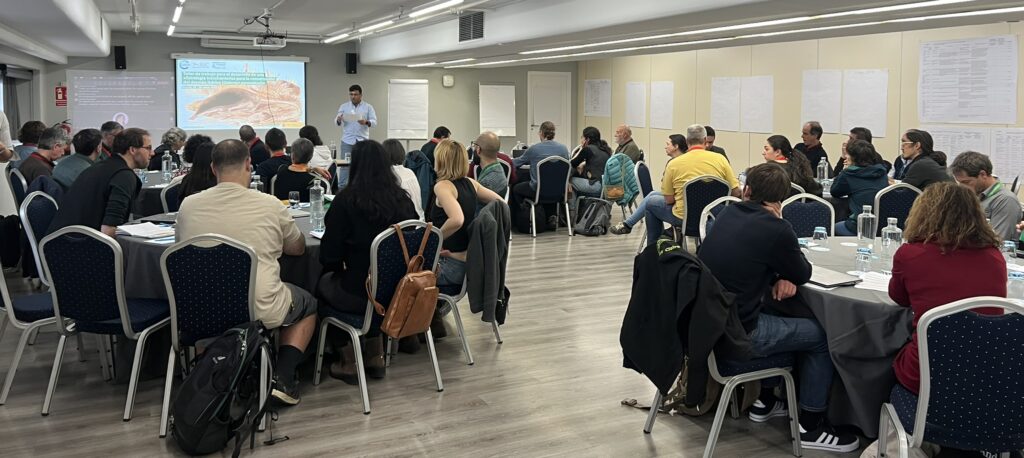
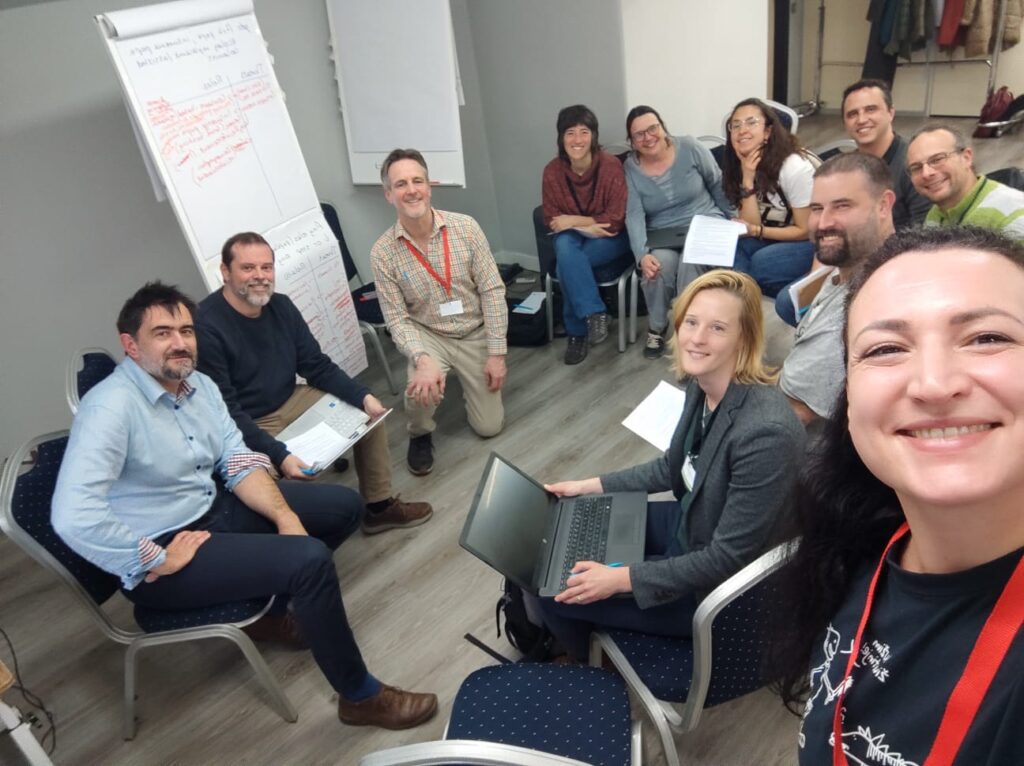
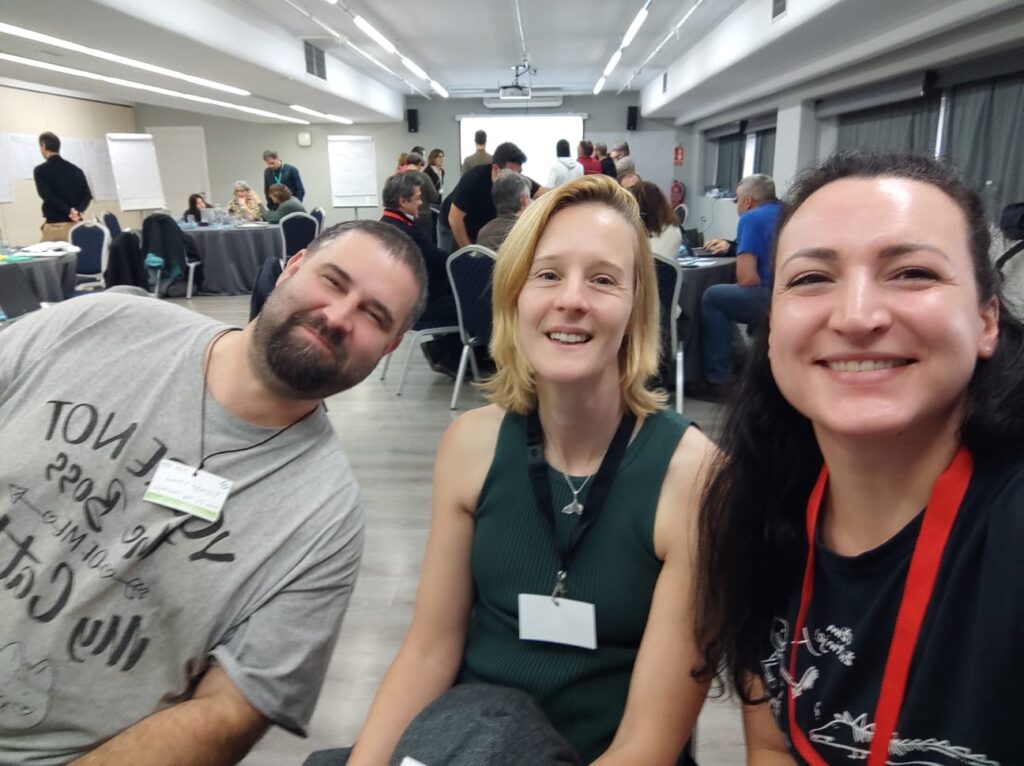
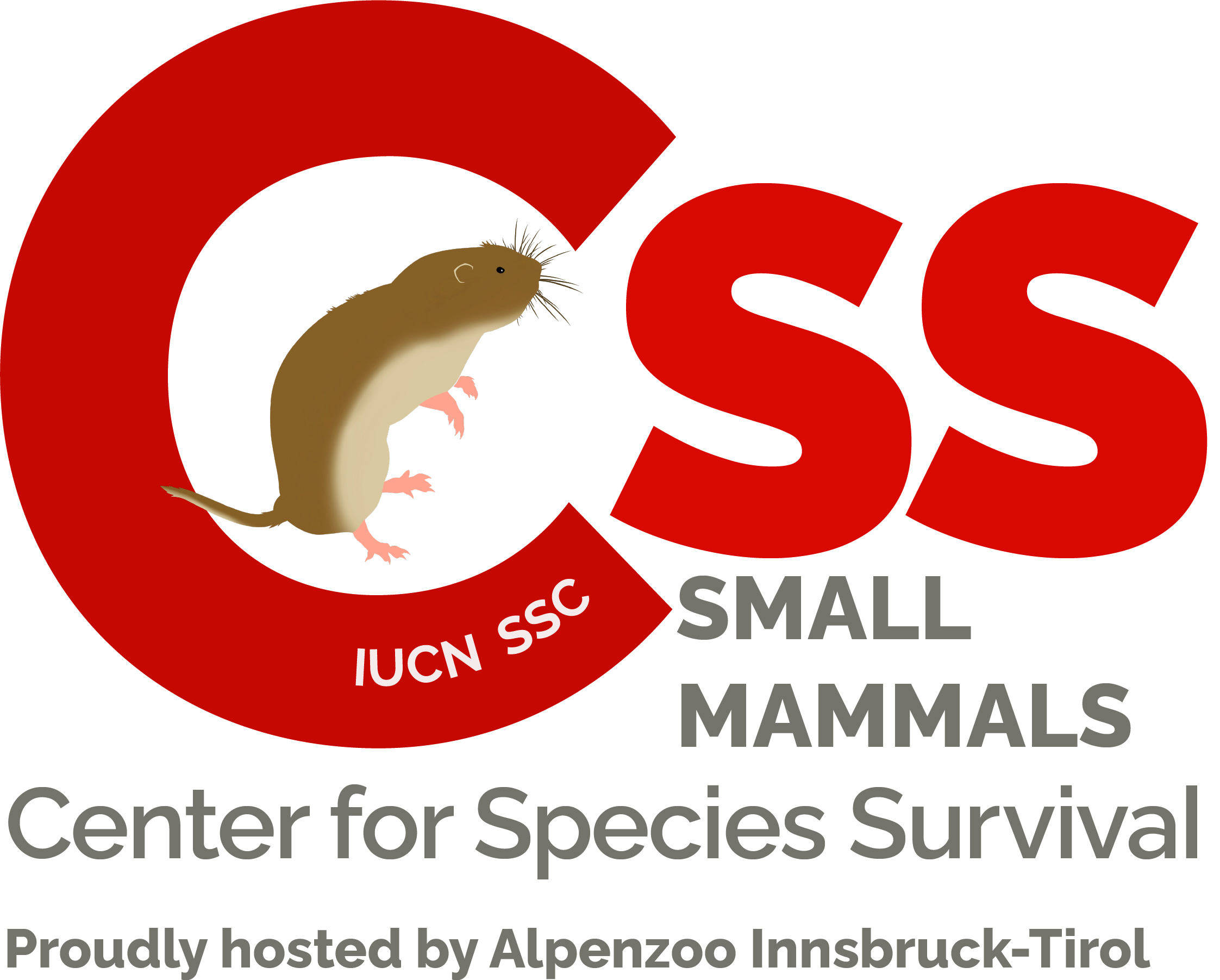

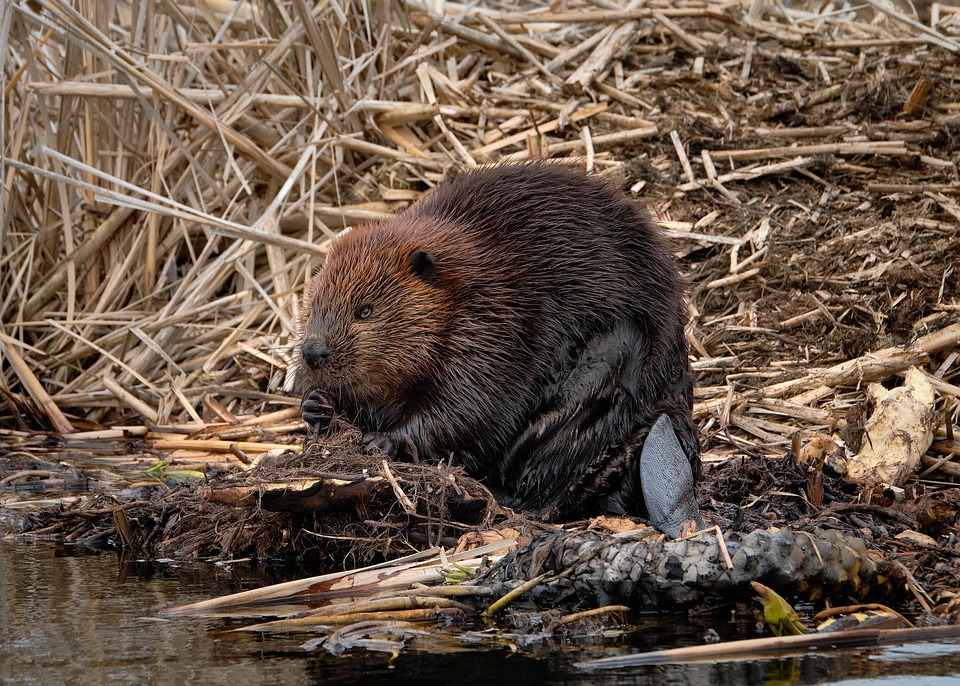
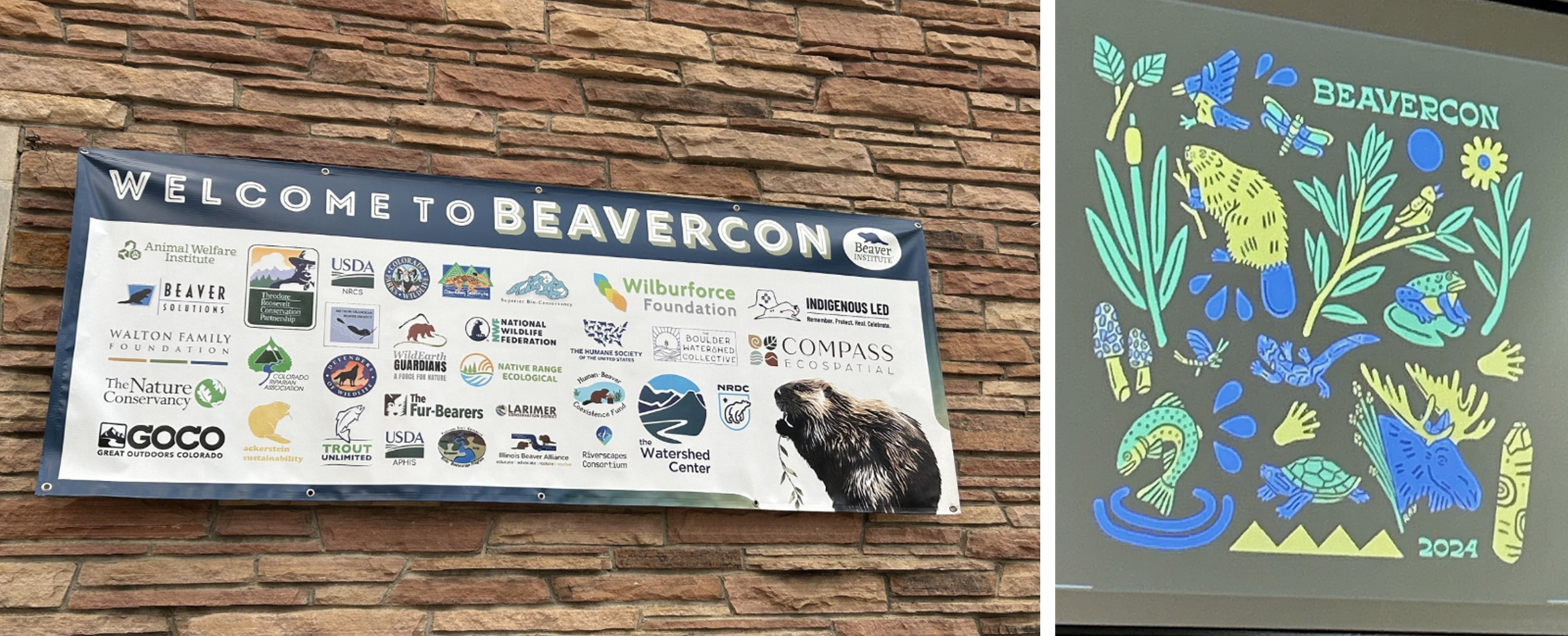
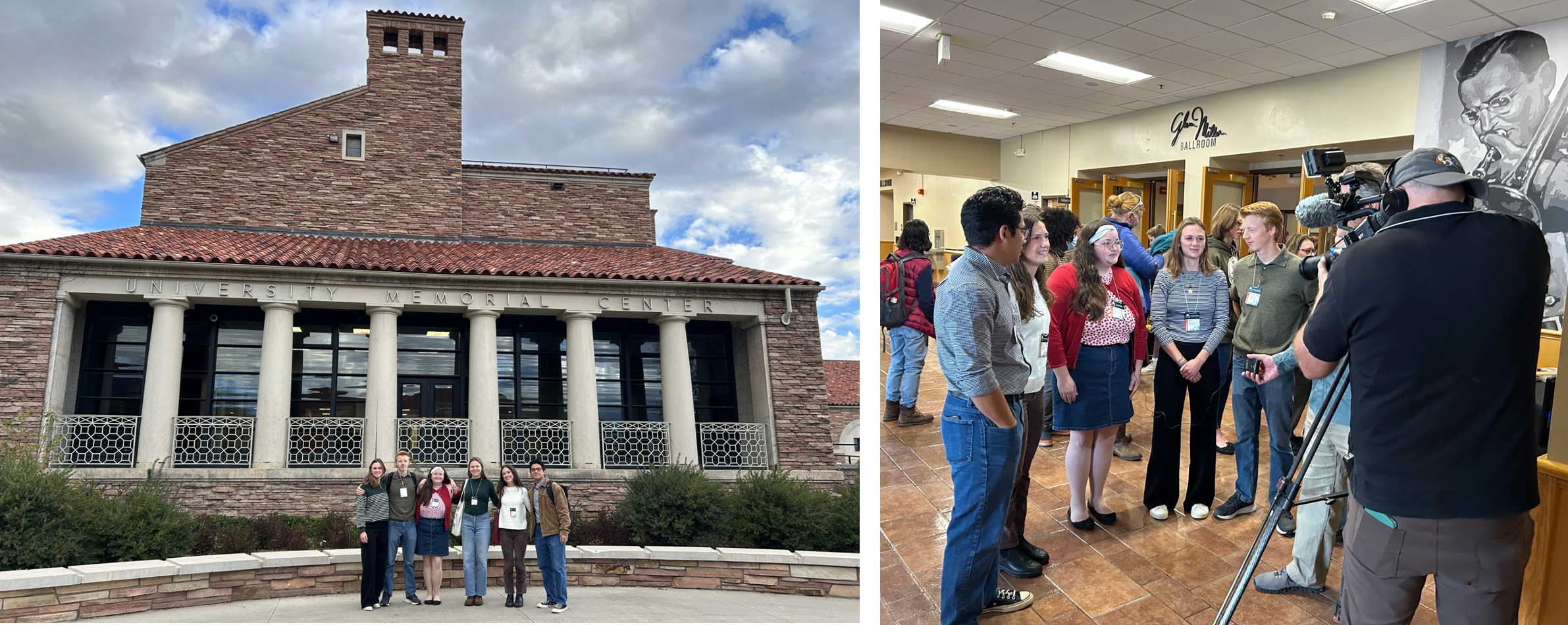
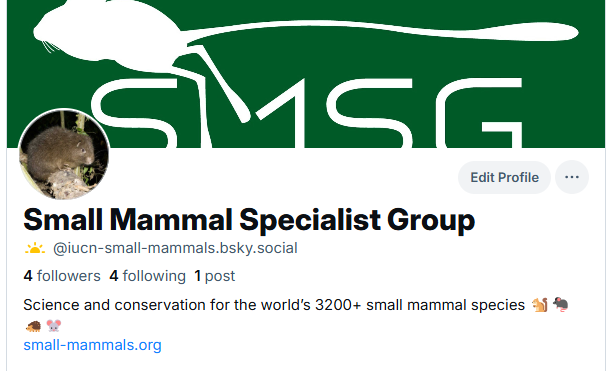
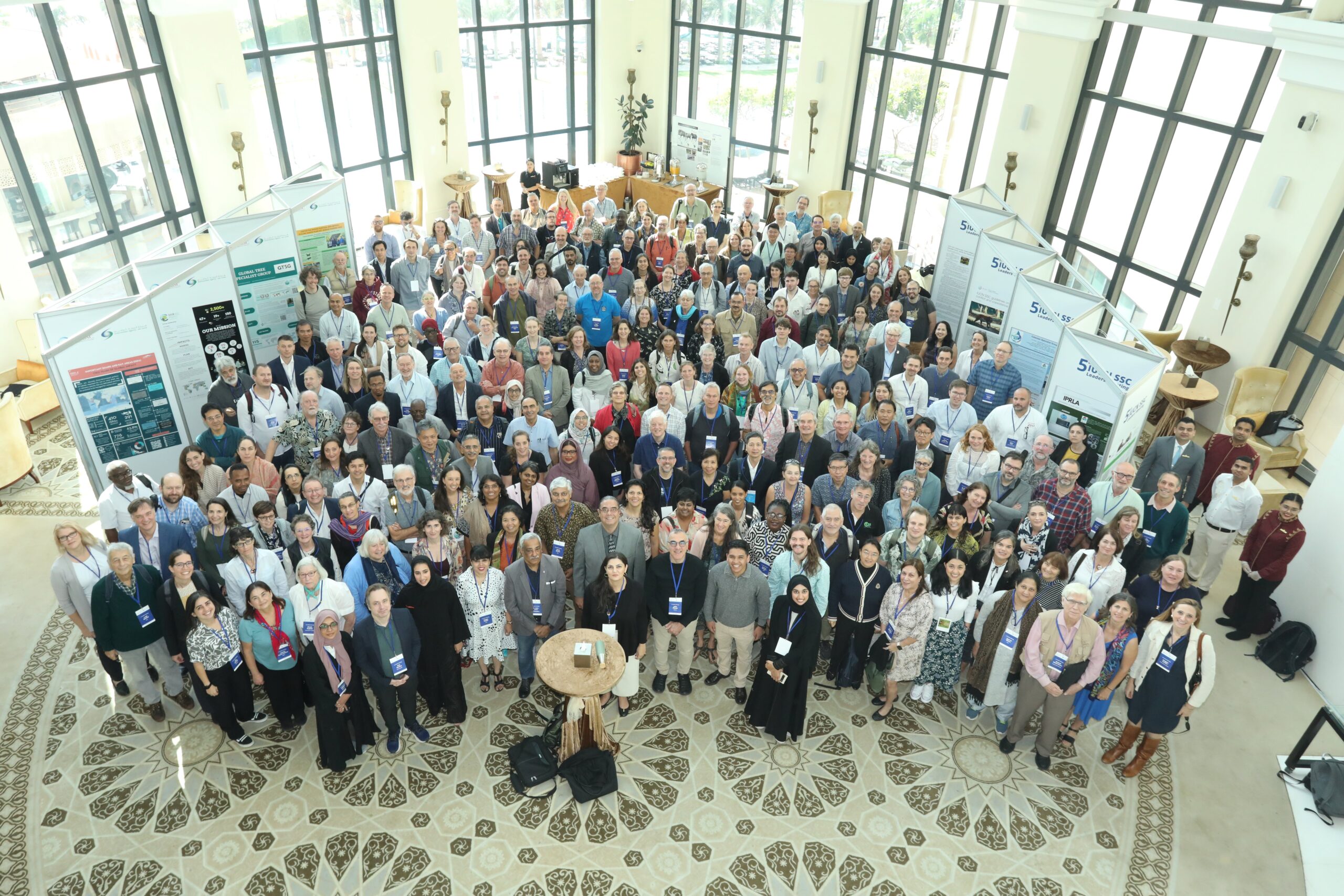
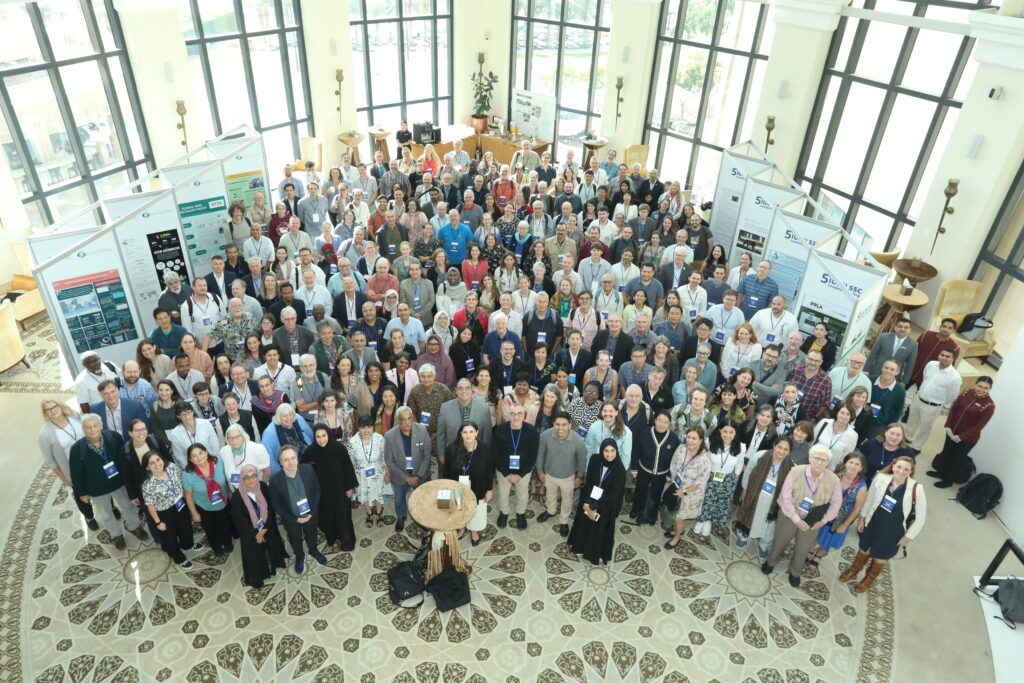
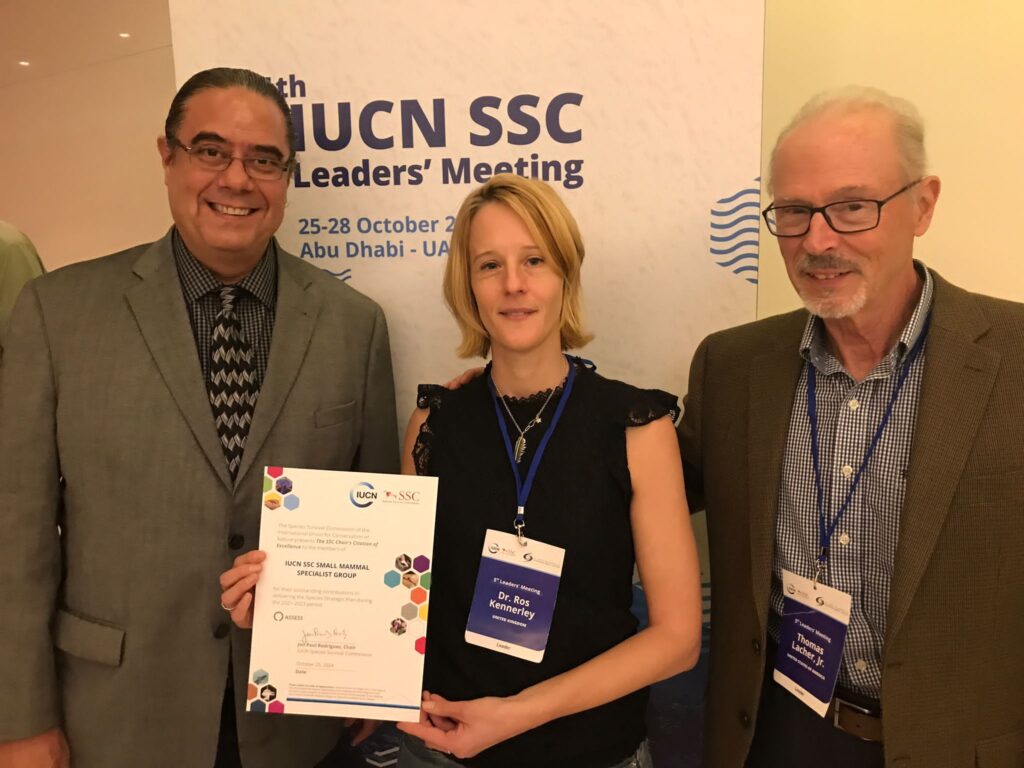
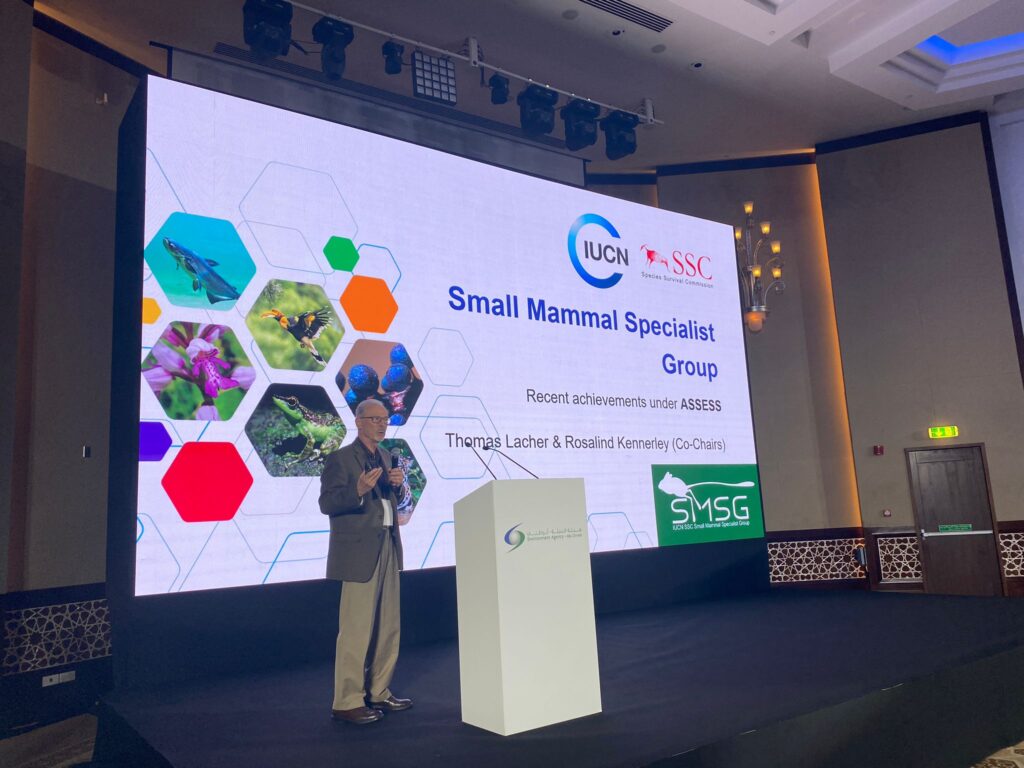
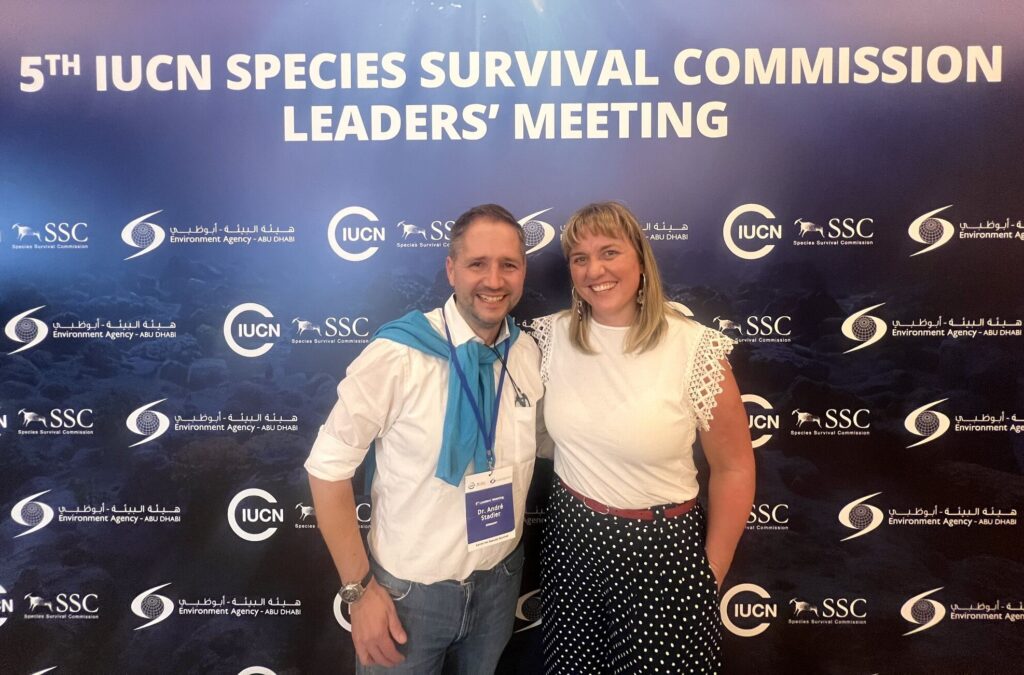
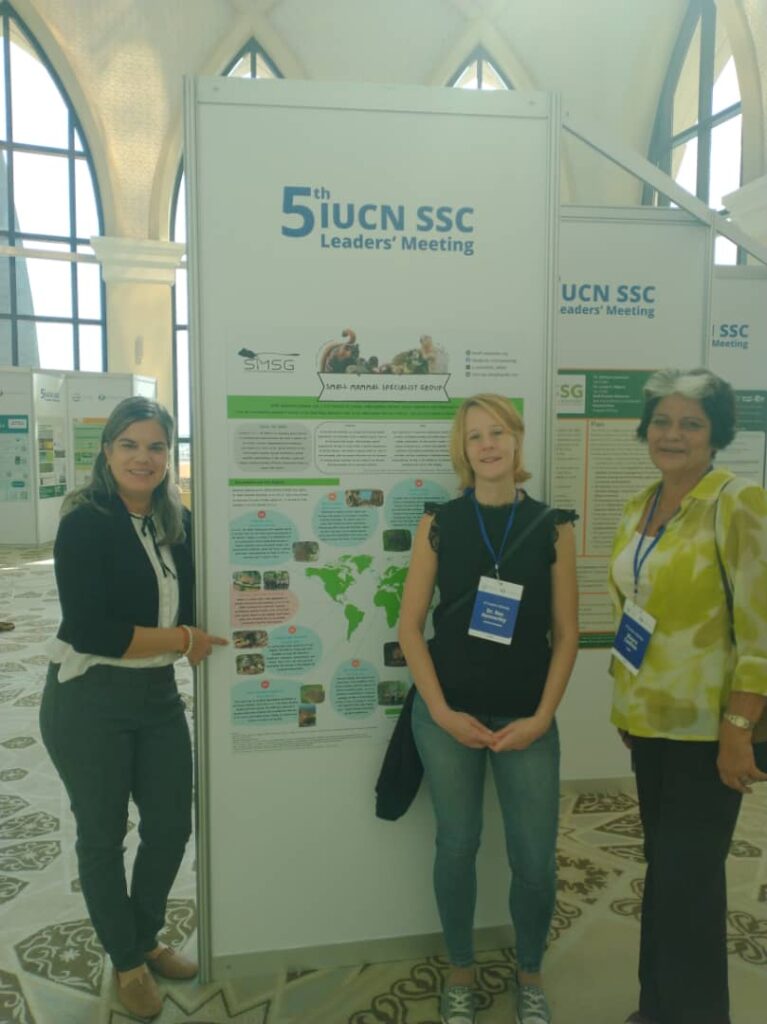
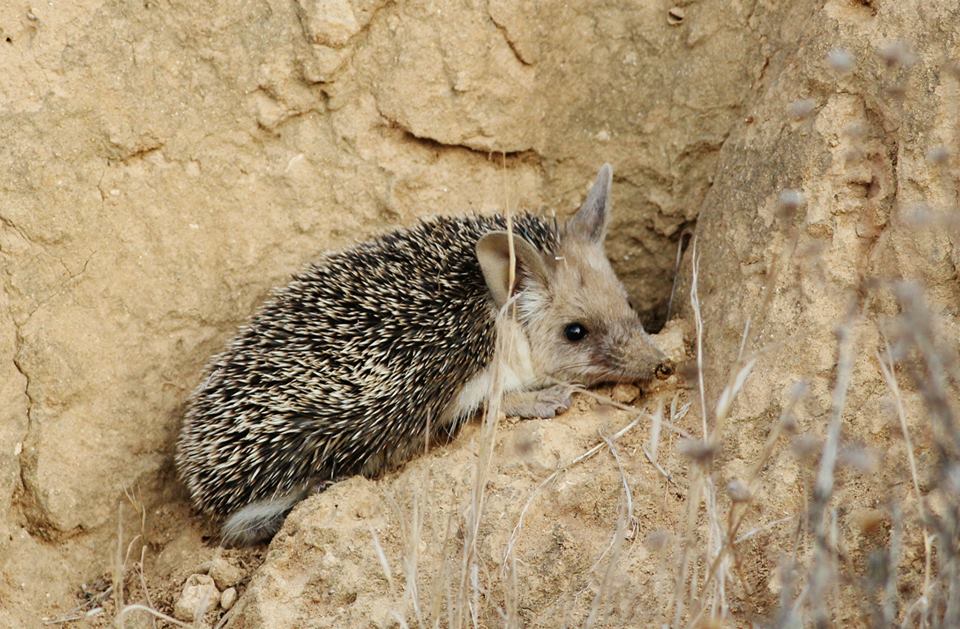

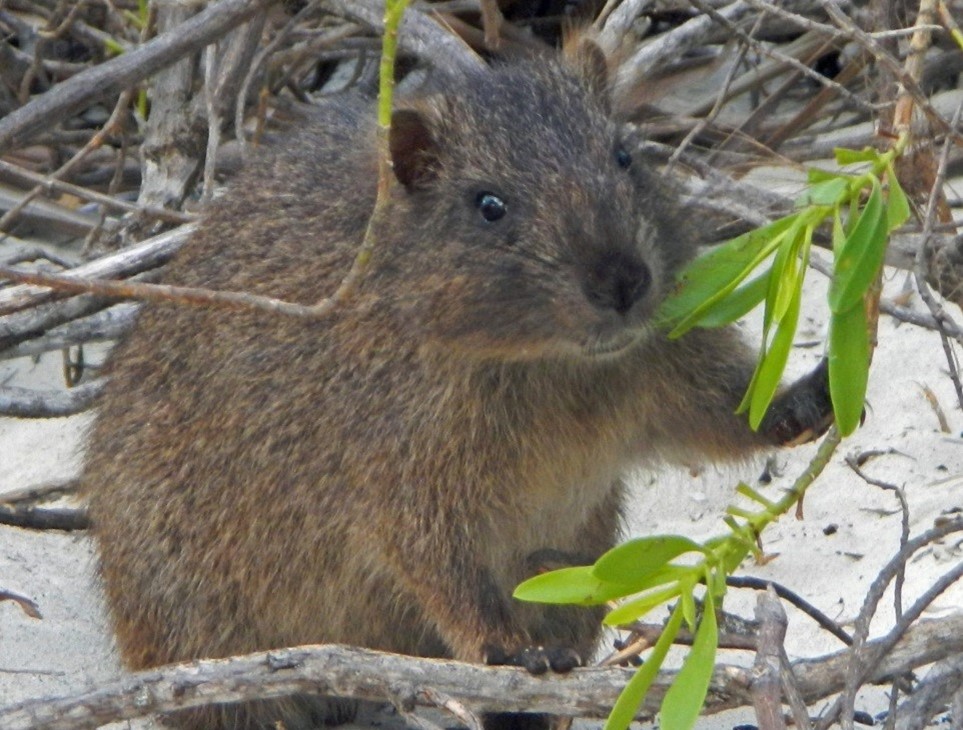


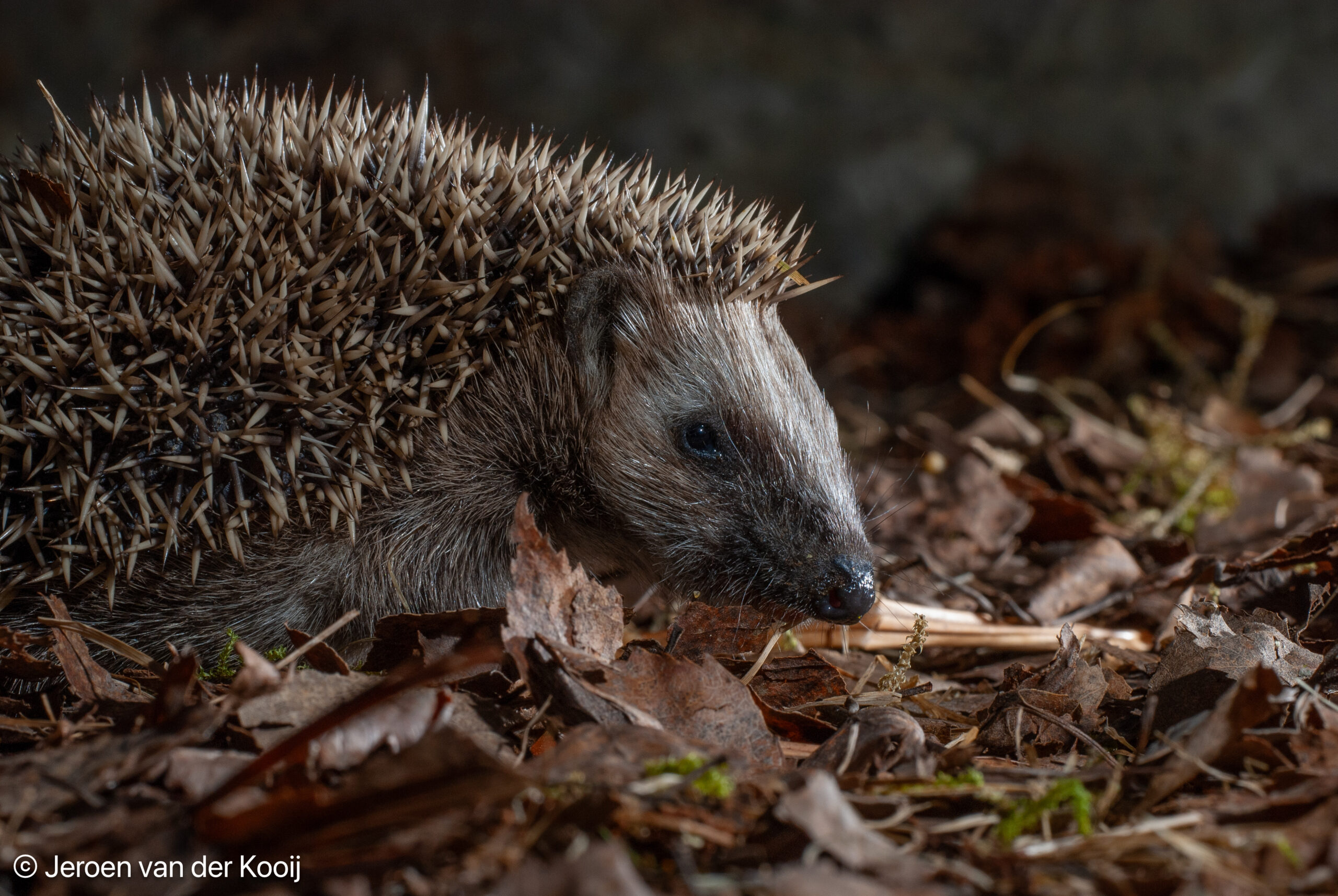
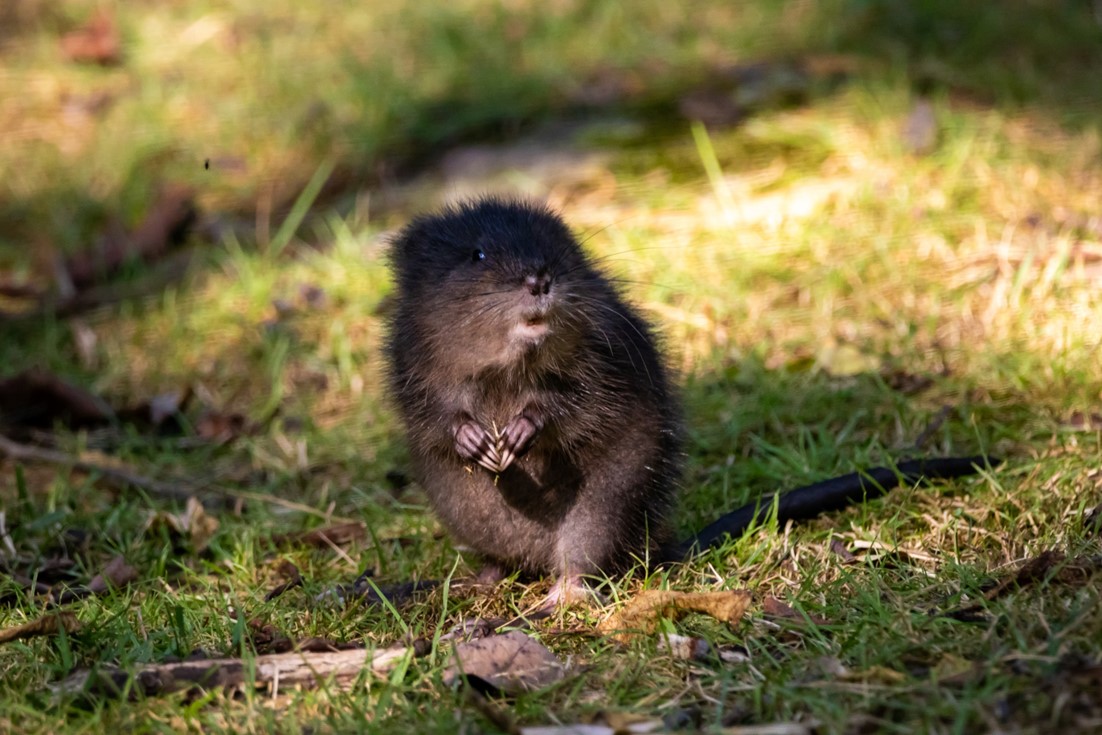
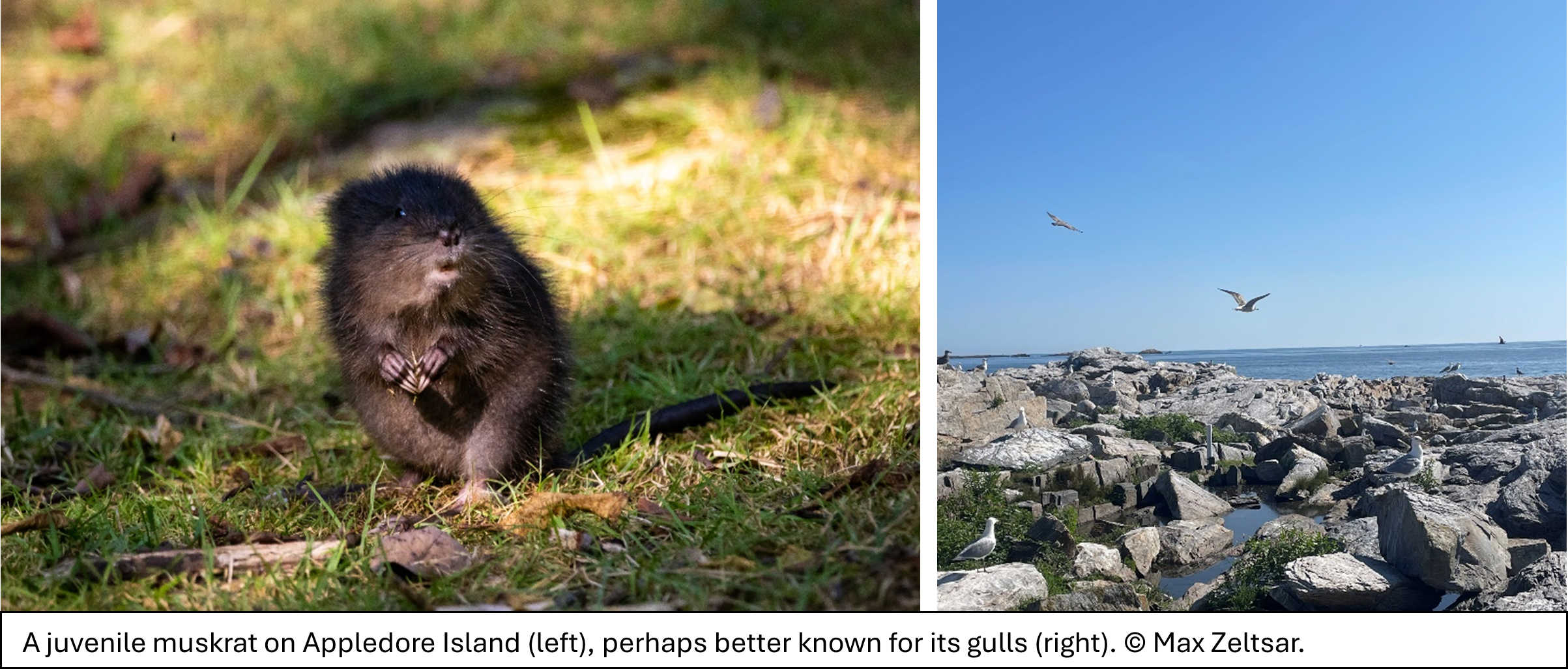
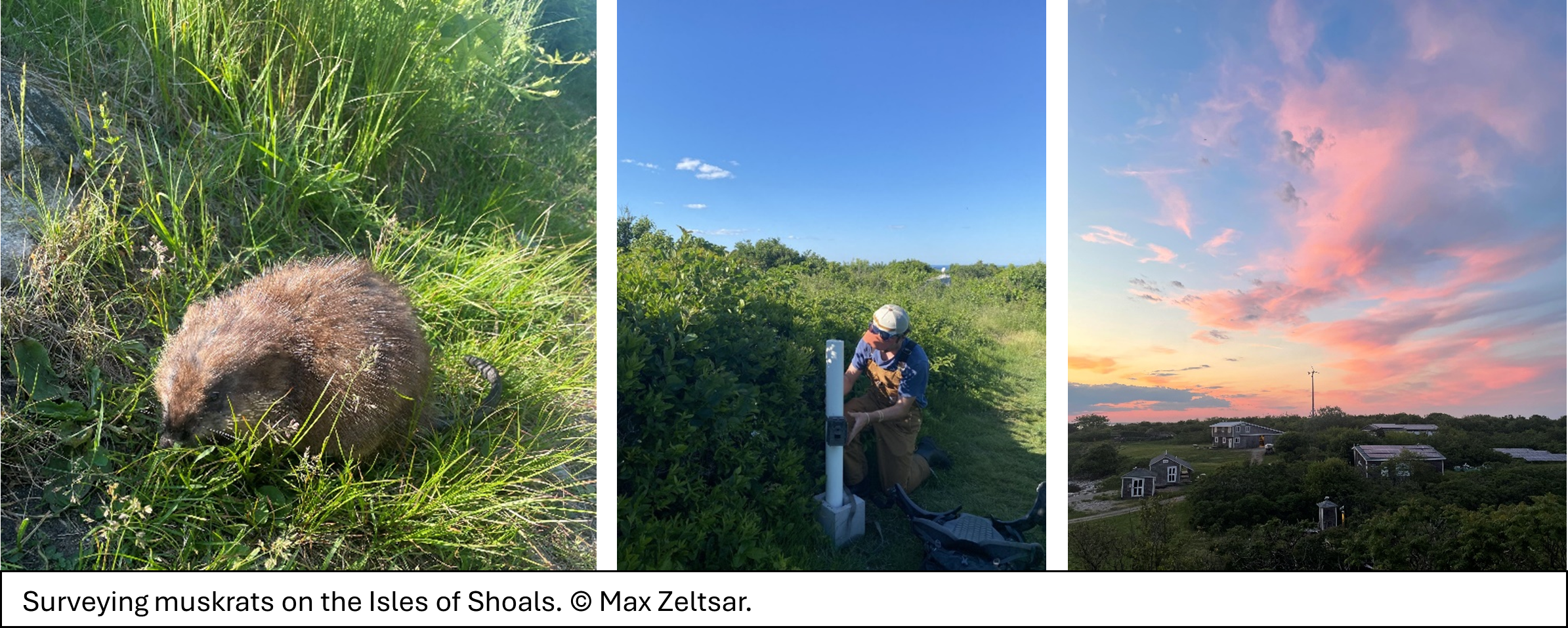
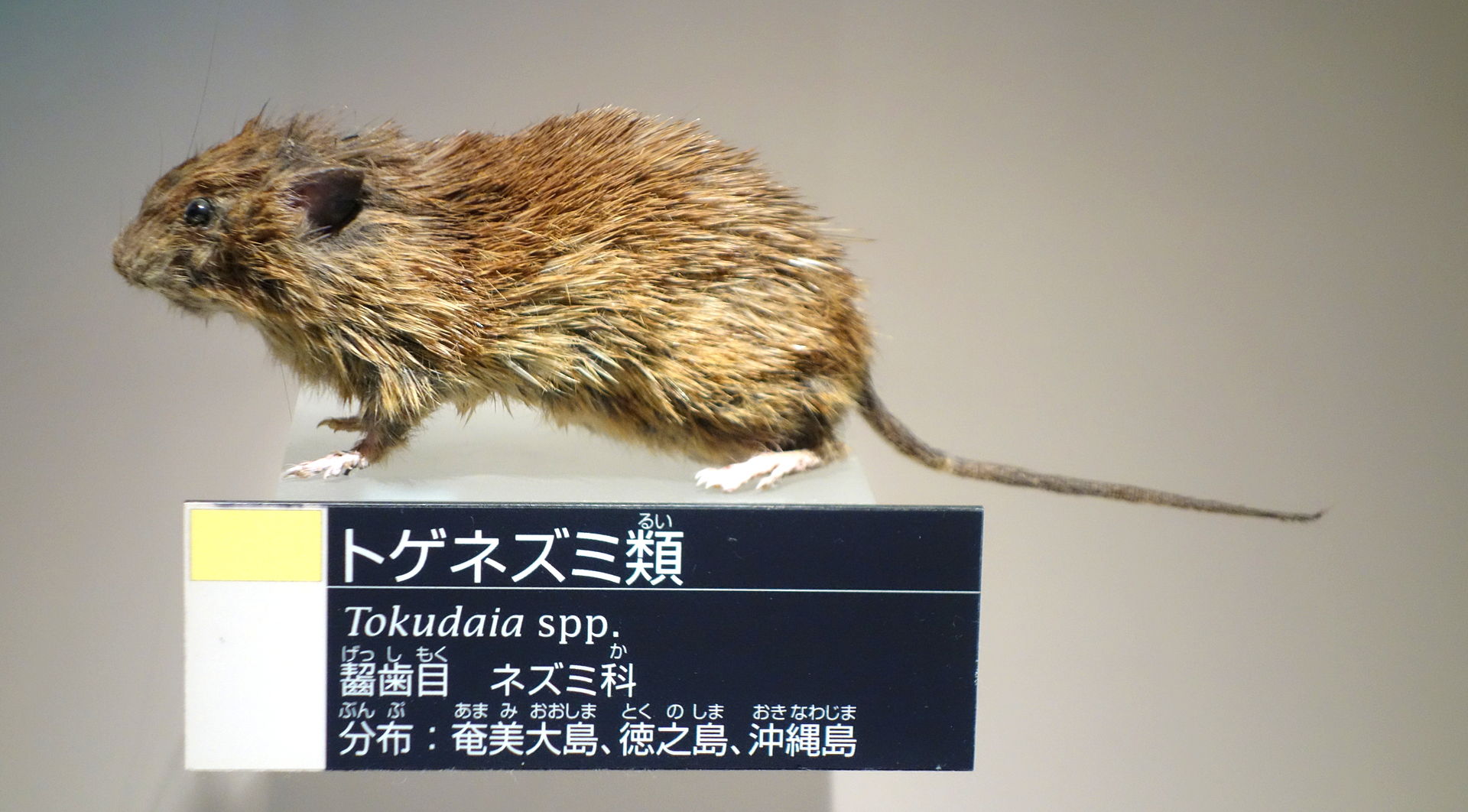
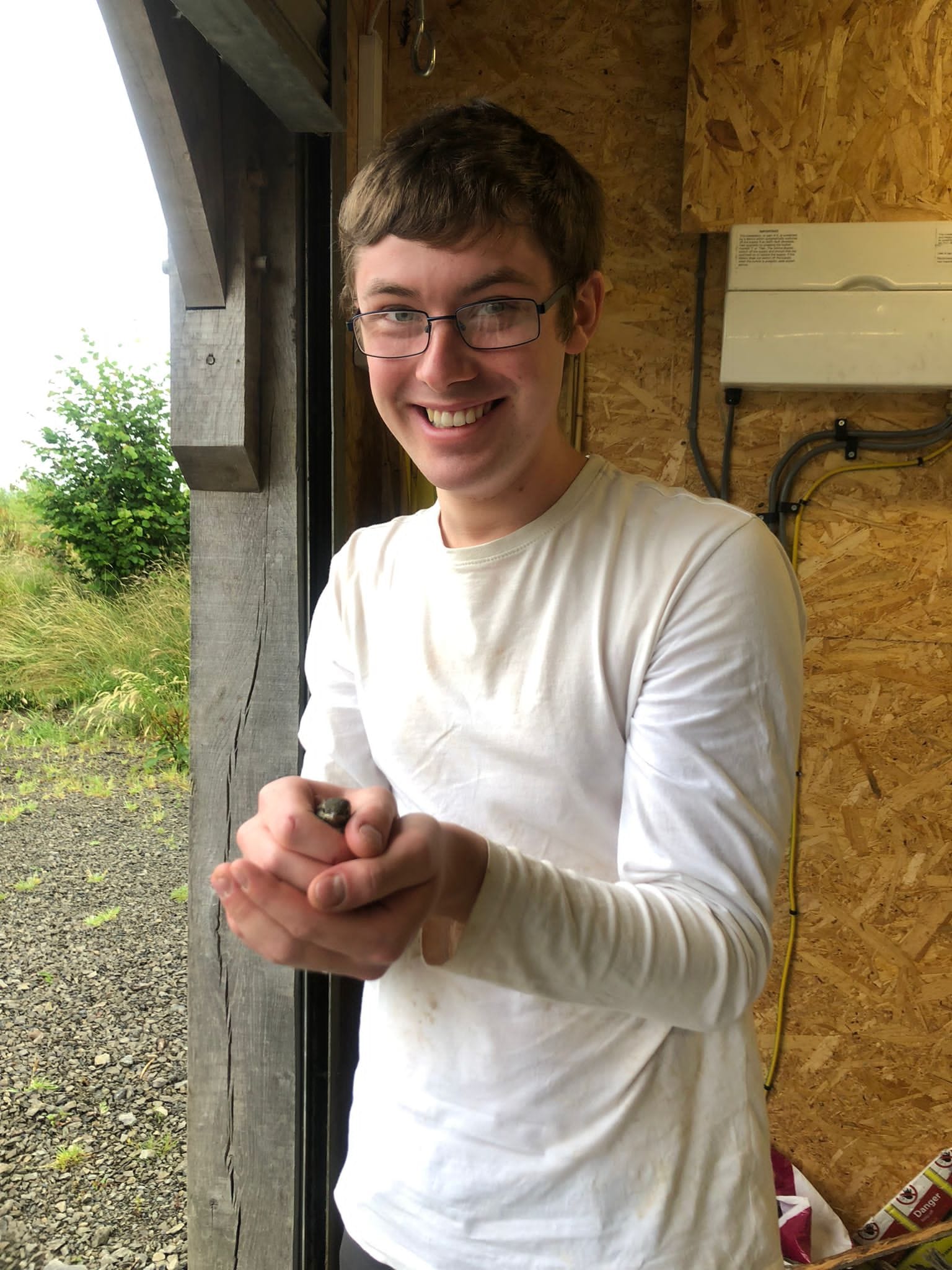





Recent Comments